Reflections
This week I was fortunate to participate in a professional learning experience in which participants studied and practiced Cognitive Coaching strategies. The foundation of effective coaching is having a trusting relationship with the coachee and relationships are built upon open communication. Therefore, if I want to be an effective coach it’s imperative that I become proficient in the area of listening and fully attending to the person with whom I’m engaged in conversation.
Like many of us, I tend to focus on my own thoughts and ideas and listen with the intent to speak instead of understand the speaker. I’m also very action oriented and impatient so often I want to rush to a solution. (Because, my gosh, there are so many problems to solve! We’ve got to get busy… Hurry up! Solve those problems! There’s no time to waste!)
“You cannot listen when you have an agenda. You cannot listen when you are just waiting for a pause in the conversation so you can insert your opinion. You cannot listen when you presume to know what the problem is before it has even been explored.” – Jesus, Life Coach: Learn from the Best, Laurie Beth Jones p.210
“They [poor listeners] listen only long enough to get the topic of your conversation, and then they proceed to tell you all the thoughts in their mind regarding that topic. Or, if you present them with a personal struggle, they will quickly move to give you an answer by telling you what you ought to do in that situation. They are adept at analyzing problems and creating solutions. But they are not adept at sympathetic listening with a view to understanding the other person.” The 5 Love Languages: Singles Edition, Gary Chapman p.85
Human beings are very social and that entails talking AND listening. Now, we’ve got the talking part down pat. Most of our problems stem from not listening or simply listening reflexively.
“Reflective listening takes place when you not only pause and consider what has been said, but are able to repeat it back accurately to the speaker. Reflexive listening is waiting simply for your chance to insert something into the conversation.” – Jesus, Life Coach p.211
Ouch! Many of us in the Cognitive Coaching sessions felt this sting; the sting of awareness that we are not fully attending to the speaker or listening with the intent to understand but only to give our own point of view.
“If there is any one secret to success, it lies in the ability to get the other person’s point of view and see things from that person’s angle as well as your own.” How to Win Friends and Influence People, Dale Carnegie
Actions
If I intend to fulfill my professional and personal vision and mission with a servant heart, then I must PRACTICE until I perfect my listening skills. If I want to improve my coaching and “mediate thinking,” then I have to COMMIT to becoming a better listener.
“…whoever would be great among you must be your servant, and whoever would be first among you must be slave of all. For even the Son of Man came not to be served but to serve, and to give his life as a ransom for many.” – Mark 10:43-45 (ESV)
“If I can listen to what he tells me, if I can understand how it seems to him, if I can see its personal meaning for him, if I sense the emotional flavour which it has for him, then I will be releasing potent forces of change in him.” Barriers and Gateways to Communication, Carl Rogers and F. J. Roethlisberger
In addition to the Cognitive Coaching strategies, I will practice the following skills.
Sympathetic Listening – The 5 Love Languages: Singles Edition
- Maintain eye contact when you are listening to someone.
- Don’t engage in other activities while you are listening to another individual.
- Listen for feelings.
- Observe body language.
- Refuse to interrupt.
- Ask reflective questions.
- Express understanding.
- Ask if there is anything you might do that would be helpful.
- Face the speaker and maintain eye contact.
- Be attentive, but relaxed.
- Keep an open mind.
- Listen to the words and try to picture what the speaker is saying.
- Don’t interrupt; don’t impose your “solutions”.
- Wait for the speaker to pause to ask clarifying questions.
- Ask questions only to ensure understanding.
- Try to feel what the speaker is feeling.
- Give the speaker regular feedback.
- Pay attention to what isn’t said – to nonverbal cues.
As I practice listening, I need to be sure to focus on PAUSING. During some of our Cognitive Coaching practice activities, I was reminded of how much I detest silence in conversations. (Eye contact makes me nervous, too, but for now I’ll focus on pausing. 🙂 ) During our planning-conversation practice, a colleague and I really struggled to keep a straight face as we made eye contact and tried to paraphrase and pause. I felt so exposed as I tried to keep eye contact, juggle all these different thoughts, paraphrase AND listen! (This is going to take a lot of practice…  )
)
“From the time Americans are small children, we are taught to dislike silence. The punishment of being sent to one’s bedroom for “quiet time” or “time out” causes children to plead for mercy and promise to be good. And what is the dreaded sentence they wish to avoid? Silence.” – Fierce Conversations: Achieving Success at Work & in Life, One Conversation at a Time, Susan Scott p.222-223
Conclusions
All things considered, I am excited, hopeful and prepared to continue this journey – the journey of not only becoming a better coach but also becoming a better human being. It’s tough, but we’re all in it together and we need one another and if listening makes the journey better, then just do it!
“If one gives an answer before he hears, it is his folly and shame.” – Proverbs 18:13 (ESV)
“…let every person be quick to hear, slow to speak…” – James 1:19 (ESV)
“A fool takes no pleasure in understanding, but only in expressing his opinion.” – Proverbs 18:2 (ESV)
Photo Credit: flickr

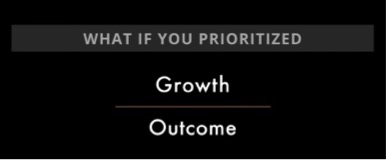




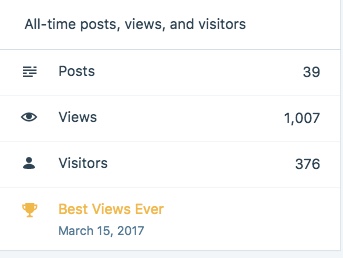 I promised myself recently that I would celebrate once I surpassed
I promised myself recently that I would celebrate once I surpassed 



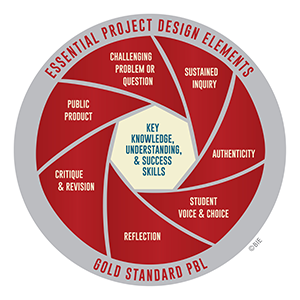

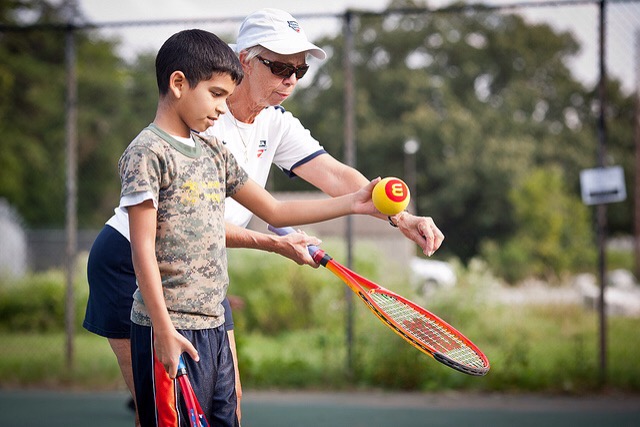

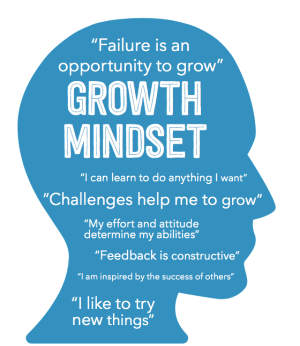 Now, she never used the term
Now, she never used the term